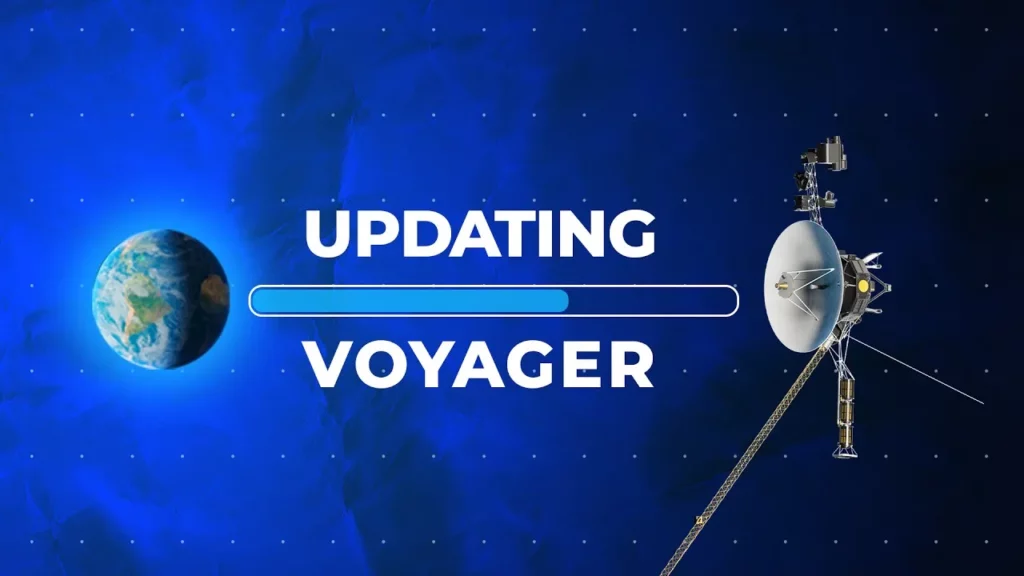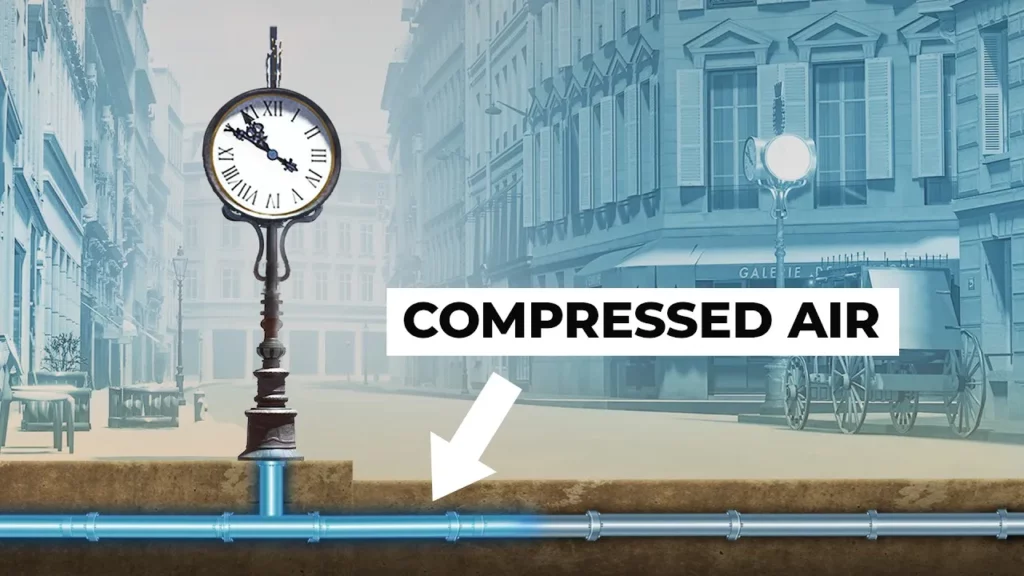James Webb’s 13 Billion Year Old Picture

The lesson explores the significance of the James Webb Space Telescope’s image of Galaxy GS z13, which reveals the concept of redshift, where light from distant galaxies appears redder due to the expansion of the universe. This phenomenon allows scientists to measure the distance and age of galaxies, providing insights into the early universe and the potential for extraterrestrial life. By understanding redshift and the expanding universe, we gain a deeper appreciation of cosmic history and the vastness of space.
NASA’s Moon Simulation

NASA’s Moon Simulation at Cinder Lake in Arizona was a crucial training ground for astronauts preparing for lunar missions in the late 1960s. By creating a realistic model of the Moon’s surface using explosives to form craters, NASA enabled astronauts to practice geological skills and navigation techniques essential for their time on the Moon. This innovative approach not only enhanced their training but also contributed to the successful collection of over 380 kilograms of lunar samples during the Apollo missions, which continue to be studied today.
What Happened To India’s Moon Rover?

The lesson discusses India’s Chandrayaan mission, which successfully landed on the Moon and deployed the Pragyan rover, despite facing challenges such as extreme temperatures and a long lunar night. After two weeks of inactivity due to the harsh conditions, there is hope that the rover may reactivate when sunlight returns, allowing it to continue its exploration and data collection. The mission has already yielded significant scientific discoveries, making it a landmark achievement in lunar exploration.
NASA’s Big Metal Balls

NASA’s Echo satellites, launched in the 1960s, were groundbreaking metal balloons that revolutionized global communication by bouncing radio signals off their reflective surfaces, eliminating the need for complex undersea cables. Despite initial skepticism about their effectiveness, Echo demonstrated the feasibility of satellite communication and contributed valuable scientific data, including measurements of the Earth’s size and the effects of space on satellites. The legacy of Echo paved the way for future advancements in space technology and communication systems, marking a significant milestone in the history of space exploration.
Voyager’s 15 Billion Mile Software Update

In this lesson, we explore the remarkable journey of NASA’s Voyager space probes, which continue to operate on 50-year-old computers with only 70 kilobytes of memory. Despite facing challenges such as distorted data and aging thrusters, a dedicated team is developing software updates to maintain the probes’ functionality from 15 billion miles away, utilizing efficient coding techniques and a unique memory system. The lesson highlights the ingenuity required to keep these historic spacecraft operational and the legacy they represent in space exploration.
The Self Balancing Monorail

The lesson explores the innovative design of the Brennan Monorail, created by inventor Louis Brennan in the early 1900s, which utilized gyroscopes to maintain balance on a single rail while navigating corners at high speeds. Despite its groundbreaking technology and successful prototype, the project ultimately failed to gain investor support due to the dominance of traditional two-railed trains and the high costs associated with the monorail system. This lesson highlights the importance of creativity and engineering in transportation, as well as the challenges faced by pioneering inventions.
Surviving Venus in the 1970s

In the 1970s, the Soviet Union launched the Venera missions to explore Venus, initially facing challenges due to the planet’s extreme conditions. Despite setbacks, including the failure of Venera 4, engineers adapted their designs, leading to successful landings with Venera 7 and subsequent missions that captured valuable data and images of Venus’s harsh environment. The Venera program not only advanced our understanding of Venus but also demonstrated the importance of innovation in overcoming the challenges of space exploration.
The Underground Clocks of Paris

The lesson discusses the innovative underground clock system implemented in Paris in the late 19th century, designed by Austrian engineer Victor Popp to synchronize time across the city using bursts of compressed air. This system addressed the challenges of timekeeping before the advent of accurate electrical clocks, allowing thousands of clocks in homes, public spaces, and transportation hubs to remain synchronized. Despite being damaged during the 1910 flood, the system operated for nearly 50 years, highlighting its significance in urban time management before being replaced by modern technology.
The Longest Solar Eclipse Ever

In 1973, a team of scientists and pilots embarked on an extraordinary mission aboard the Concorde to experience the longest solar eclipse in history, lasting an impressive 74 minutes. By carefully planning their flight path to intercept the Moon’s shadow as it traveled from South America to Africa, they were able to study the Sun’s corona and make significant discoveries about solar phenomena. This remarkable adventure not only showcased the capabilities of the supersonic jet but also contributed valuable insights to our understanding of the Sun and the solar system.
How This Pen Changed The World

The BIC Cristal pen, launched in 1950, revolutionized writing by making it accessible and affordable, contributing significantly to global literacy rates. Its innovative design, developed from earlier writing tools, features a simple, effective mechanism that has remained largely unchanged for over 70 years. With over 100 billion sold, the BIC Cristal has become a staple in homes, offices, and schools worldwide, illustrating the profound impact of a well-designed writing instrument on communication and education.